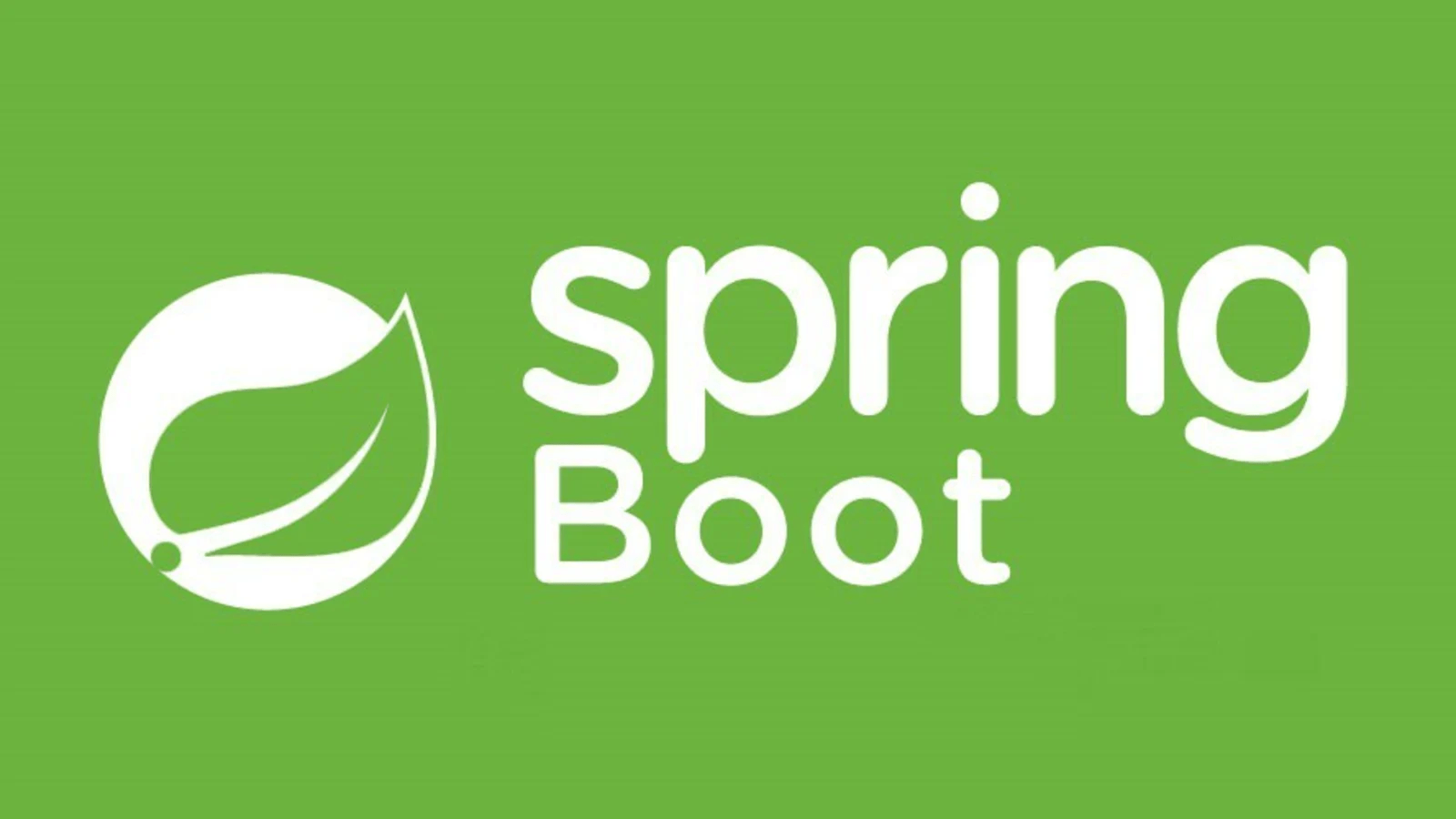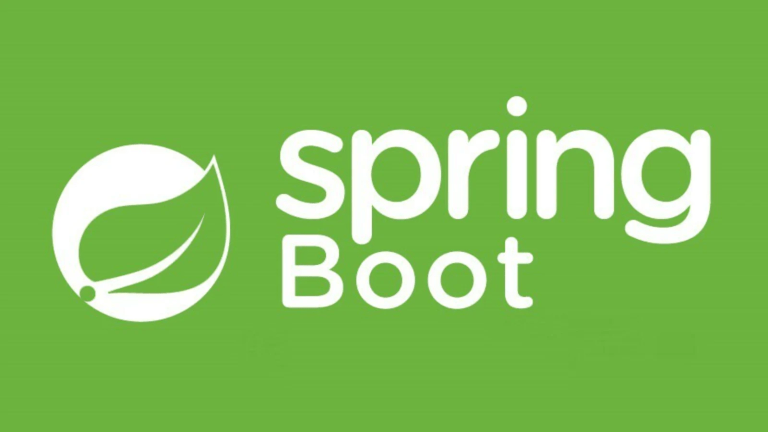Advanced API Versioning and Backward Compatibility in Spring Boot Microservices
Building and maintaining APIs for microservices comes with dynamic challenges, particularly ensuring backward compatibility while evolving functionality. API versioning allows you to introduce changes without disrupting existing clients, but choosing the right strategy and implementing it correctly with Spring Boot requires careful planning.
This blog will walk you through advanced strategies for API versioning and ensuring backward compatibility. We’ll examine different versioning techniques, approaches to handling breaking changes, schema evolution best practices, and leveraging gateway routing for seamless management.
Table of Contents
- What is API Versioning?
- URI vs Header vs Query Parameter Versioning
- Handling Breaking Changes
- Best Practices in Schema Evolution
- Gateway Routing Per Version
- Summary
What is API Versioning?
API versioning ensures smooth integration between your service and consumers when updates or changes are introduced. By versioning your API, you:
- Guarantee that older clients can continue working without adapting to every update.
- Isolate new features and breaking changes for target audiences.
- Prevent service disruption for dependent applications.
For example, if you operate an e-commerce API and introduce a feature like advanced promotions, it might require changing how discounts are calculated. Without versioning, older systems might break. With versioning, you ensure such features are deployed independently.
API versioning protects backward compatibility and gives developers flexibility to implement changes gradually.
URI vs Header vs Query Parameter Versioning
Versioning can be implemented using multiple strategies. Each method has trade-offs in readability, compatibility, and flexibility. Let’s look at the three most common approaches:
1. URI Versioning
This is the most straightforward and widely used method. The version is included directly in the endpoint path.
Example:
GET /api/v1/products
GET /api/v2/products
Pros:
- Visible and Explicit: Easy for developers and users to identify the version.
- Cache-Friendly: URIs can be cached by servers and CDNs.
- Simple Implementation: No need for special headers or query parsing.
Cons:
- Tight Coupling: Older APIs often linger indefinitely for compatibility.
- Potentially Messy Paths: Over time, the API evolves into multiple versions.
Spring Boot Implementation: Define separate controller classes for each version:
@RestController
@RequestMapping("/api/v1/products")
public class ProductControllerV1 {
@GetMapping
public List<Product> getAllProducts() { ... }
}
@RestController
@RequestMapping("/api/v2/products")
public class ProductControllerV2 {
@GetMapping
public List<ProductDTO> getAllProducts() { ... }
}
2. Header Versioning
Versioning details are included in the HTTP headers of API requests.
Example:
GET /products
Headers:
Accept-Version: v1
Accept-Version: v2
Pros:
- Clean URLs: No clutter in your endpoint paths.
- Backward Compatibility: Version details are decoupled from the endpoint.
Cons:
- Less Discoverable: Clients need documentation or tooling to discover versions.
- Caching Challenges: Headers are often ignored by CDN caches.
Spring Boot Implementation: Use a filter or custom annotation to extract and route based on header values:
@RequestMapping("/products")
public class ProductController {
@GetMapping
public ResponseEntity<?> getAllProducts(@RequestHeader("Accept-Version") String version) {
if (version.equals("v1")) {
return ResponseEntity.ok(productService.getV1Products());
} else if (version.equals("v2")) {
return ResponseEntity.ok(productService.getV2Products());
}
return ResponseEntity.badRequest().body("Unsupported API version");
}
}
3. Query Parameter Versioning
Include the version in the URL as a query parameter.
Example:
GET /products?version=v1
GET /products?version=v2
Pros:
- Works with Legacy Systems: Does not require specialized header parsing.
- Flexible for Clients: Simple for basic HTTP clients to append parameters.
Cons:
- Verbosity: Query parameters introduce extra noise.
- Susceptible to Errors: Misplaced parameters or typos can lead to incorrect responses.
Spring Boot Implementation: Determine the version by inspecting query parameters:
@GetMapping("/products")
public ResponseEntity<?> getAllProducts(@RequestParam("version") String version) {
if ("v1".equals(version)) {
return ResponseEntity.ok(productService.getV1Products());
}
return ResponseEntity.ok(productService.getV2Products());
}
Choosing the Right Strategy
- Use URI versioning for simple, easily maintainable APIs.
- Opt for header-based versioning in complex applications where multiple features evolve independently.
- Select query parameter versioning for lightweight APIs serving legacy clients.
Handling Breaking Changes
Breaking changes occur when:
- API contract changes (e.g., renaming fields, restructuring payloads).
- Endpoints are retired or replaced.
- Expected responses differ for the same request.
Strategies to Manage Breaking Changes
- Deprecate Gradually: Announce deprecations in API responses:
{ "message": "This endpoint is deprecated. It will be removed in v3." } - Fallback Mechanisms: Introduce backward-compatible fallbacks for deprecated changes:
if ("new_field".equals(payload)) { useNewFieldLogic(); } else { fallbackToOld(); } - Version Freeze: Keep old APIs frozen and untouched, serving legacy clients. New features are introduced only in newer versions.
- Design for Compatibility: Avoid tight coupling to field names or specific implementations when creating clients.
Best Practices in Schema Evolution
Schemas are the foundation of APIs and evolve naturally over time. Maintaining compatibility while evolving schema is critical.
Principles of Schema Evolution:
- Additive Changes Are Safe:
- Adding new fields, properties, or data elements doesn’t break existing clients.
- Avoid Removing Fields:
- Clients may still depend on them. Mark unused fields as deprecated instead.
- Use Default Values:
- Ensure compatibility by providing default values for new fields.
- Contract Testing:
- Write automated tests (e.g., PACT testing) to validate backward compatibility.
Schema Migration Example in Spring Boot
Add a new field to your DTO:
public class Product {
private String id;
private String name;
private Double price;
@JsonInclude(JsonInclude.Include.NON_NULL)
private String description; // Optional for backward compatibility
}
Gateway Routing Per Version
API gateways like Spring Cloud Gateway simplify traffic routing to versioned services. They intercept API requests and redirect them to the appropriate backend version based on routing rules.
Routing by URI Version
Define multiple routes for each API version:
spring:
cloud:
gateway:
routes:
- id: products-v1
uri: http://localhost:8081
predicates:
- Path=/v1/products/**
- id: products-v2
uri: http://localhost:8082
predicates:
- Path=/v2/products/**
Header-Based Routing
Route based on Accept-Version headers:
- id: products-route
uri: http://backend-products
predicates:
- Header=Accept-Version,v2
By separating routing logic in the gateway, you decouple versioning management from application code.
Summary
Versioning APIs ensures flexibility, compatibility, and scalability in microservices architectures. Here’s a summary of best practices:
- Choose the Right Versioning Strategy: Analyze your business needs before selecting URI, header, or query parameter-based versioning.
- Handle Breaking Changes Smartly: Take a cautious, staged approach to deprecate APIs while retaining backward compatibility.
- Follow Schema Evolution Best Practices: Design contracts with additive changes, default values, and backward-compatible upgrades.
- Leverage Gateways for Routing: Implement centralized and granular routing per API version through an API gateway like Spring Cloud Gateway.
By implementing thoughtful versioning strategies and tools in Spring Boot, you can scale your microservices to meet both current and future needs without compromising customer experience. Start planning your API versioning today for a smoother microservices experience!



